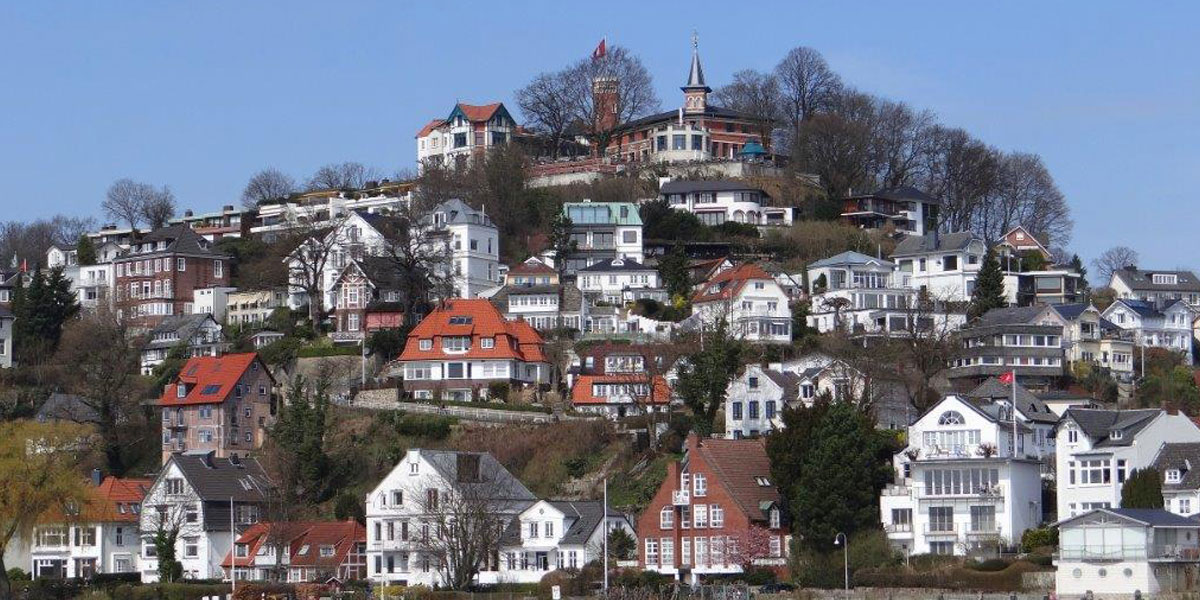The population is growing with an increasing proportion of the population having a migrant background. At the end of 2016, the number of residents with a migration background according to the current definition was 631,246 people (end of 2015: 596,711), which represents approximately 34 per cent of the city’s entire population. Half of Hamburg’s residents under the age of 18 have a background of immigration.
Like many other big cities, Hamburg State is faced with the problem of social segregation. Though the city (and also the region) is one of the wealthiest in Europe in terms of economic development and gross average income, inequality is still a reality and there are large differences between rich and poor districts.
Hamburg has a long history of migration. In the twentieth century this migration is linked to the state managed ‘Gastarbeiter’ policy of post war economic immigration, the dissolution of the Soviet Union, the Yugoslavian war and the more recent influx of refugees over the last 3 years mainly from the civil war countries of Syria, Iraq and Afghanistan. Between 2015-16, 60,000 refugees arrived in the city requiring the provision of extra accommodation and services and Hamburg employed some innovative processes to do this such as the Finding Places scheme- URBACT recognised Good Practice. A large proportion of refugees have been accommodated in Hamburg-Altona.
In order to manage the integration of these new residents and deal with potential conflicts arising from different political interests, the City of Hamburg took the innovative approach of agreeing local agreements (Bürgerverträge) with local community groups. The administrations of the seven Districts including Altona now have the task of implementing the contracts. Hamburg has a new Integration Strategy and the District of Hamburg-Altona has since 2011 an “Integration Concept” (Integrationskonzept) which is currently being revised.






